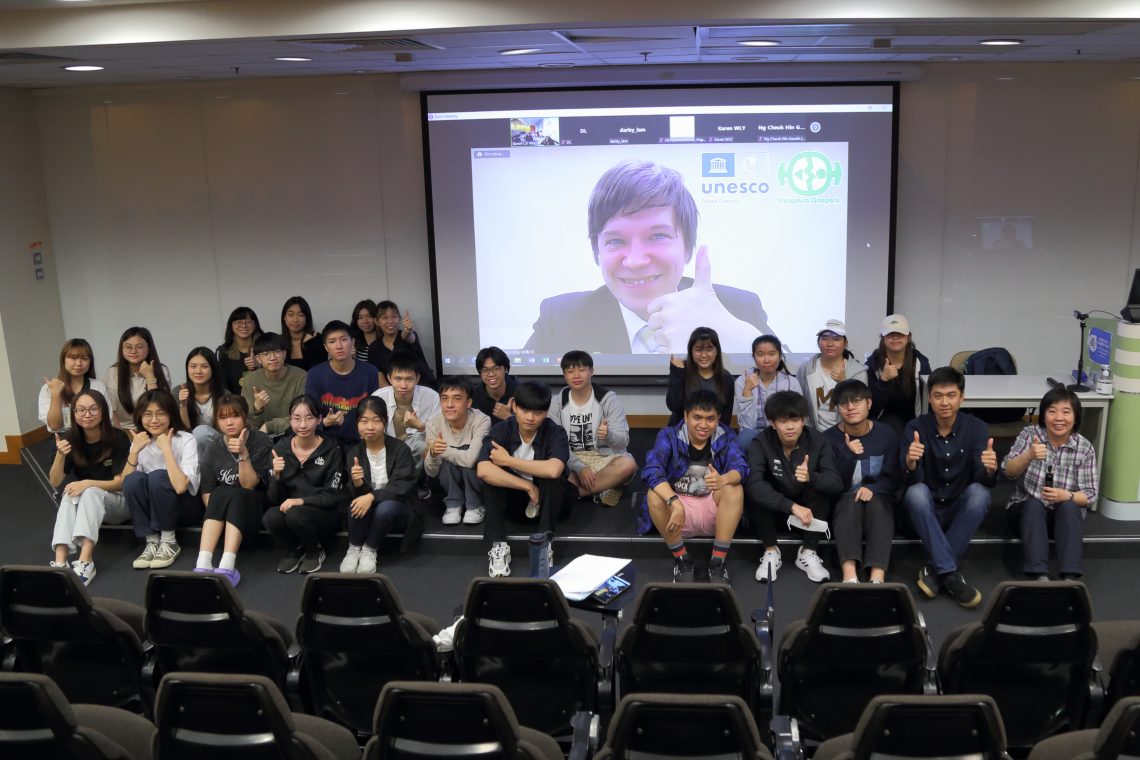To broaden the horizon of Geography and Resources Management (GRMG) students, the College invited Mr. Alvin Ng, Geopark Officer of the Agriculture, Fisheries and Conservation Department (AFCD) of the HKSAR Government and Mr. Theodore Brown, City Official from Geopark Promotion Office of Itoigawa City, to speak on the importance and sustainable development of the UNESCO Global Geoparks in Hong Kong and Japan.
Mr. Alvin Ng talked about the rich geodiversity in Hong Kong including the diverse rock types and geological structures. In particular, the rhyolitic columnar rock formation of Hong Kong has been recognised as amongst the first 100 IUGS (The International Union of Geological Sciences) Geological Heritage Site since Oct 2022. Mr. Ng has been working with various geopark communities, non-governmental organisations and other stakeholders to promote geo-conservation and geo-education. He also shared the benefits of having the Hong Kong Geopark in terms of conservation, education and sustainable development.
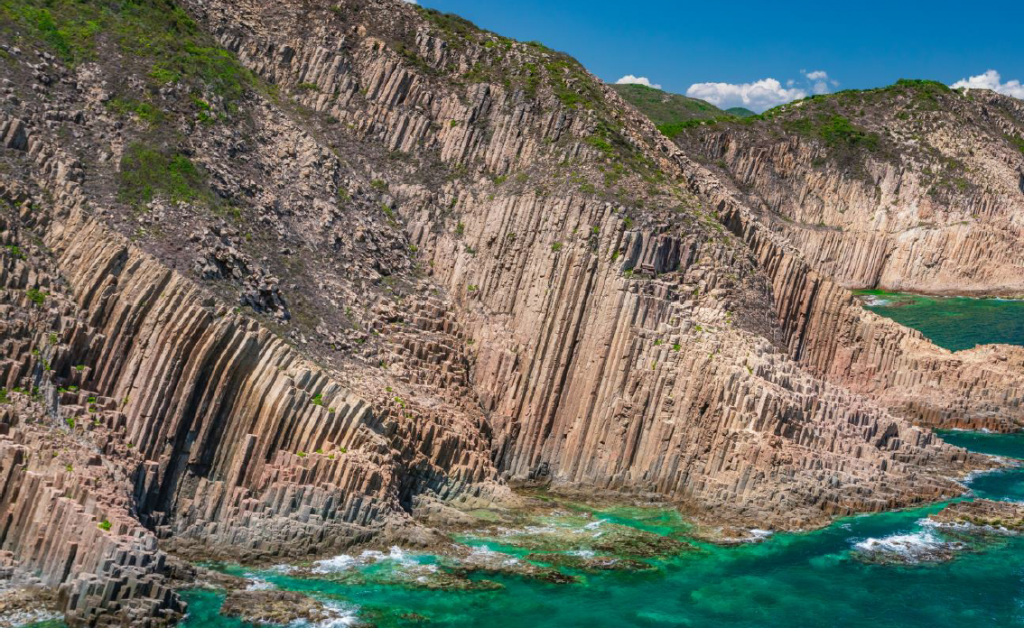
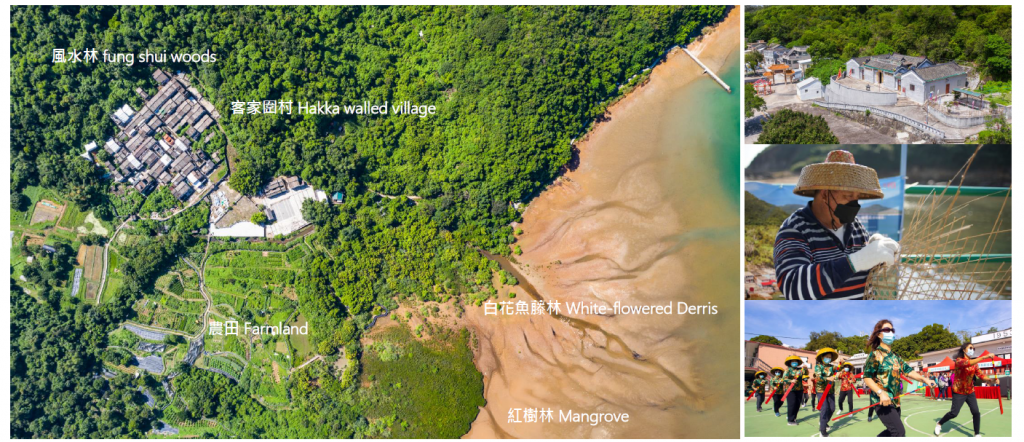
Mr. Theodore Brown shared many important geological heritage sites in the Itoigawa UNESCO Global Geopark, for example, the Itoigawa-Shizuoka Tectonic Line which is a massive fault line separating southwest and northeast Japan, and the Kotakigawa Jade Gorge which is rich in serpentinite and minerals. Mr. Brown said that the Itoigawa Geopark gave the local people a sense of pride in their region and further strengthened the community development through the creation of local enterprises, geotourism, new jobs as well as geo-education for students.
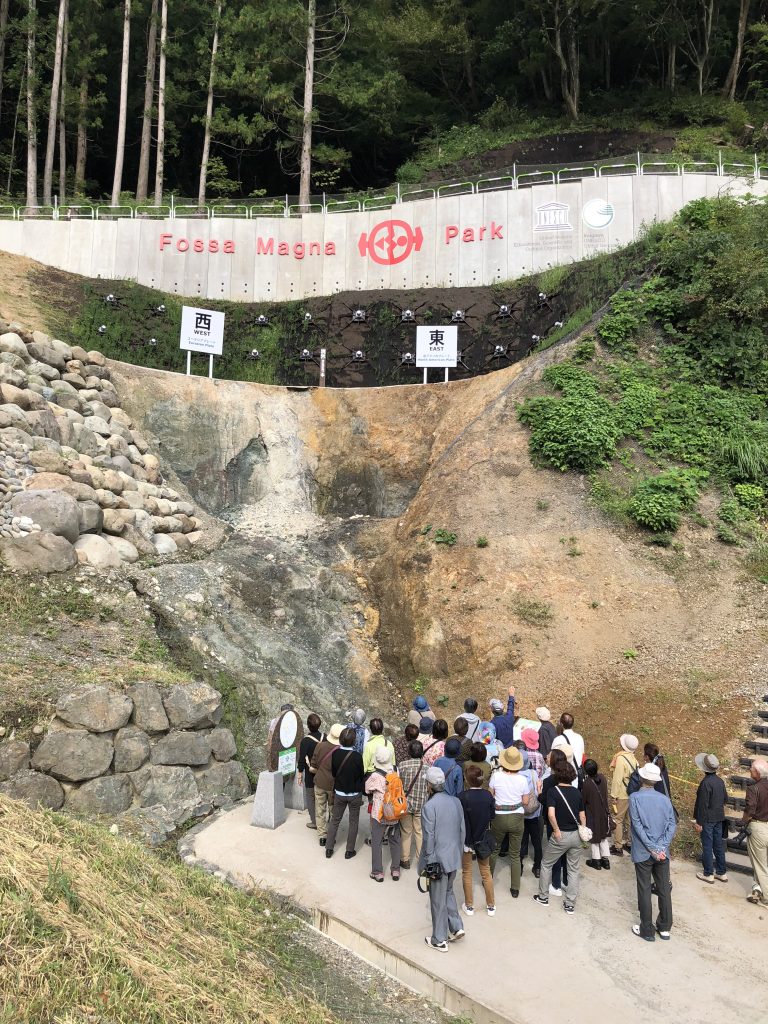
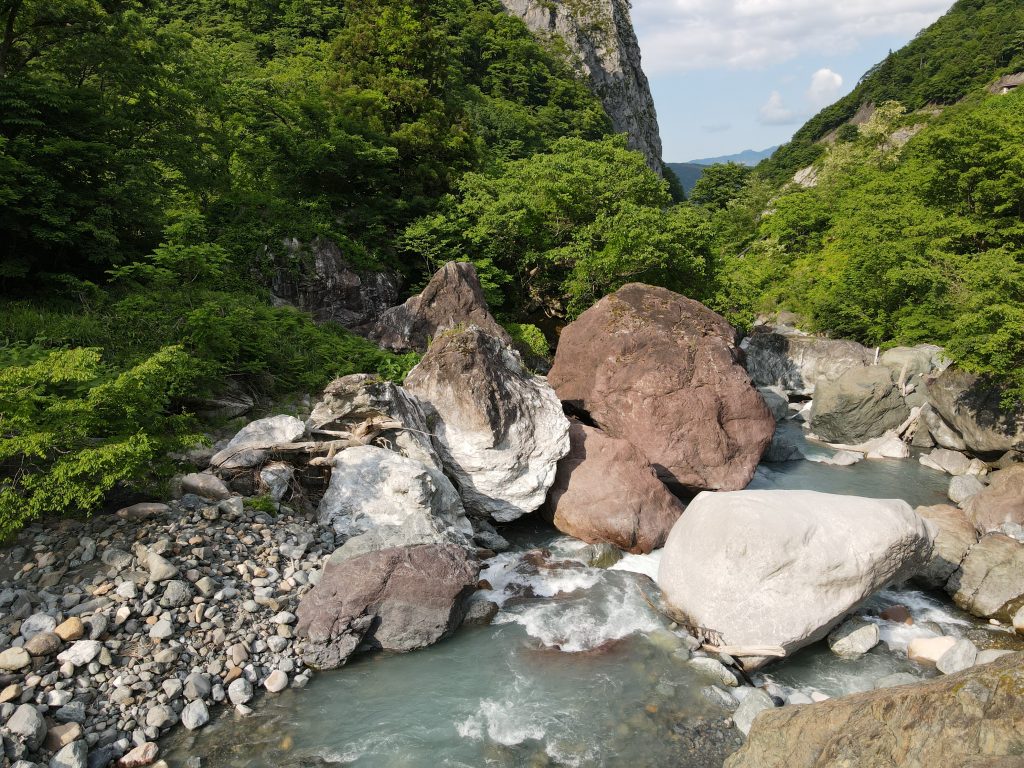
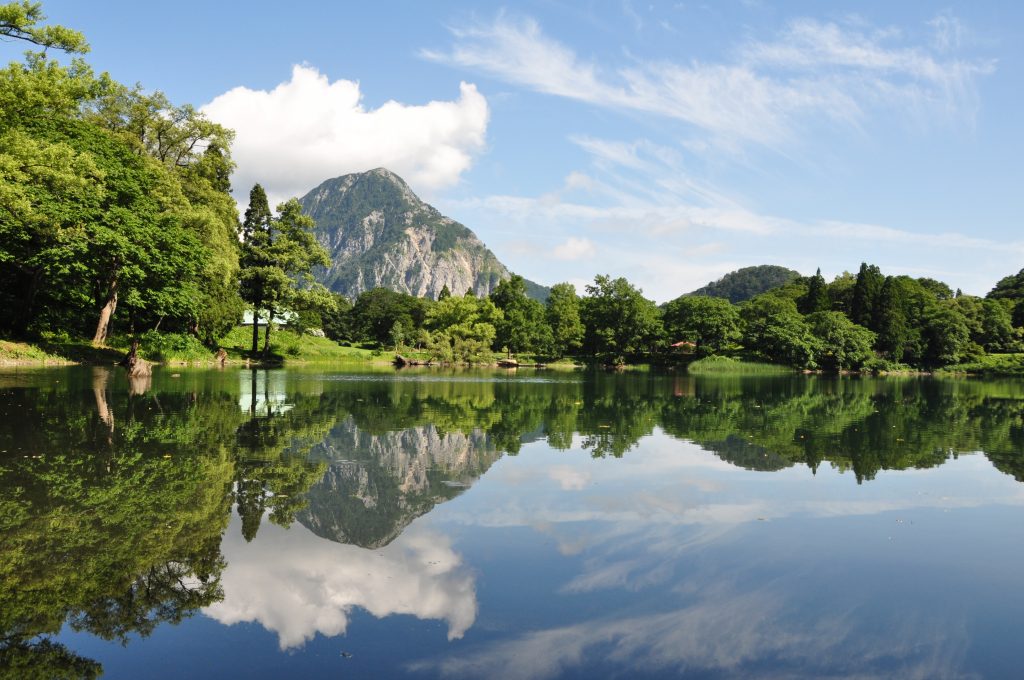
The GRMG students were very impressed with the professional sharing and during the Q&A section, they raised a lot of questions which were not only about geosite attractions and activities in the two geoparks, but also about the initiatives of sustainable development and the sister relationship between Itoigawa and Hong Kong Geopark. They were hoping to visit the Itoigawa Geopark to see the geological, natural and cultural features in the coming future.




